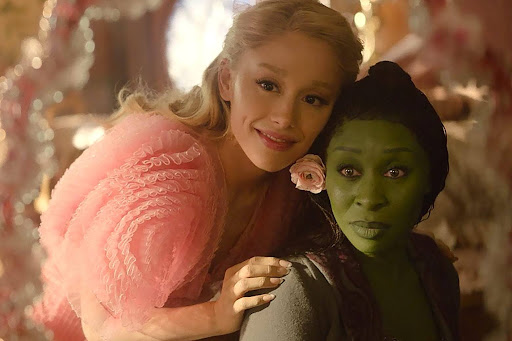Art from a New Perspective
I was ready to start my schoolwork when I realized that I intended to write an article about a specific painting. I just couldn’t recall who the artist was. I was going to go search for the painting because it is well-known and shouldn’t be difficult to locate, and I was correct… but not because I ended up looking it up. Instead, I clicked the word Google, which on this day was in the theme of the remembrance of the Dutch painter named Johannes Vermeer.
I figured, why not look at it. After all, we learn something new every day. When I clicked on it, the painting I was looking for appeared in the little spot next to the name. What a lovely coincidence, but that is not what this article is about.
Have you ever wondered about the narrative behind a portrait of a person? What could it possibly reveal? Is there any connection between the painter and the person depicted in the painting? Why might a painter wish to preserve something about a person’s face for future generations to appreciate? Well, for me, it had to be the first time I saw Girl with a Pearl Earring.
Well, the painting actually happens to be a mystery. This leaves us asking: What is the model’s name? Why was she painted? What’s on her mind as she glances at us? What’s the significance of the pearl earring she’s wearing?
No one knows for sure; although, I did find some interpretations on what people get out of the painting and what stories they think are behind it. My favorite interpretation comes from Tracy Chevalier’s novel Girl With a Pearl Earring.
Tracy Chevalier was inspired to create the novel Girl With a Pearl Earring, which later became a movie, after imagining the narrative behind the girl in the painting. The girl, according to Chevalier’s narrative, is a servant named Griet who is in a relationship with her employer and while she sits in the painting. She wears his wealthy wife’s earrings. I think this novel was a very creative approach to the painting and leaves us with more questions.
I tried to connect two dots while writing this article. Is there the same motivation behind taking selfies today as it was for painters painting portraits in the past and even today? Is it something we should pay more attention to?
I wanted to tackle this question without first trying to search for the answer. In my opinion, any portrait (since it isn’t a historical moment) has to have some deep connection to the painter. The portrait has to be something that can’t be written down but that the artist thought could only be portrayed through light, dimensions, angle, and color. It also reflects the feelings the painter must have had. Does the black background mean the painter wanted the full focus to be on the unknown or known face? Or is there scenery in the background, and if so why?
Taking images today serves the same purpose as painting; the only difference is that even if we only have a fleeting impression that something or someone is beautiful, it can be stored with the click of a button. It makes no difference whether we had any deeper feelings about that moment before snapping the photograph. Painting, on the other hand, takes time, effort, and thinking to capture just one image, and therefore something being beautiful isn’t enough. The painter’s feelings were needed to motivate them to spend time perfecting every detail.
I hope this inspired some questions in you as well. So next time you see a portrait or a painting, take a moment and ask yourself…
by Virag Marosfoi ’25, Contributing Writer











